8 Sample Behavior IEP Goals
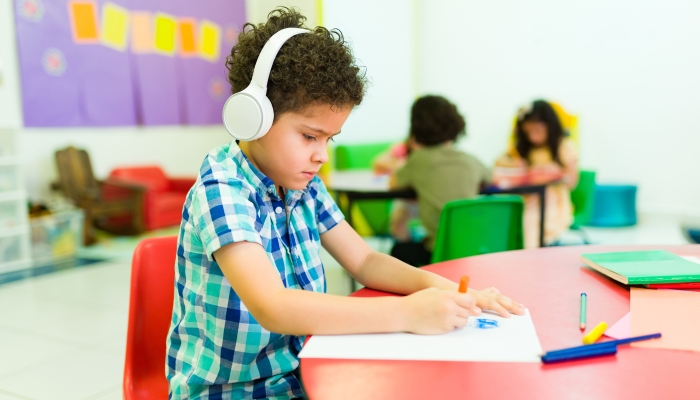
- Children with IEP behavior goals need guidance to build a repertoire of social and emotional skills to help them react appropriately in social situations.
- IEP goals for your child’s behavior should be clear and provide them with options and alternatives to their undesired behavior.
- Effective IEP goals are also SMART, meaning they are specific, measurable, attainable, results-oriented, and time-bound.
- IEP goals that address behavior should do so in a positive manner, helping your child understand what they should do instead of stating what they should not do.
As parents and caregivers, your involvement in creating your child’s IEP is important. Your input about your child’s strengths and weaknesses is crucial. Your ability to support your child in their goals at home also helps to reinforce their learning at school.
When it comes to setting goals for behavior on your child’s IEP, you want to make sure that the expectations for what your child can achieve are appropriate and challenging while also being attainable. For your child to make progress, IEP goals for behavior and social skills should be specific, achievable, and measurable.
Read our guide to behavior IEP goals to understand more about what effective goals should look like to help your child progress, achieve, and get the most out of their IEP.
How Your Child Can Get the Most Out of Their Behavior IEP Goals
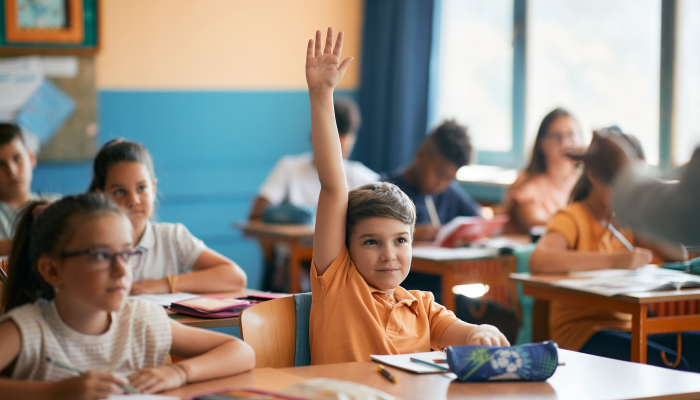
Measurable annual goals are a required part of your child’s IEP or individualized education program.
According to the IRIS Center at Vanderbilt University11. What is included in the IEP document? IRIS Center. https://iris.peabody.vanderbilt.edu/module/iep01/cresource/q3/p07, these goals are intended to help the student make progress both academically in the general education setting, and in other education-related areas, like behavior and social-emotional skills.
The goals should describe what the IEP team—in which parents and caregivers play a role—thinks that the student should reasonably be able to achieve within a year with the help of special education services.
To be effective in helping your child progress, it’s important that these goals are stated with specificity and that the parameters for measuring them are set out clearly.
What Is a SMART IEP Behavior Goal?
IEP goals should not be vague or general, but rather, according to Understood.org22. Lee, A.. How to tell if your child’s IEP goals are SMART. Understood. https://www.understood.org/en/articles/how-to-tell-if-your-childs-iep-goals-are-smart, they should be SMART:
- S – specific
- M – measurable
- A – attainable
- R – results-oriented
- T – time-bound
Many education experts agree that children benefit more from IEP behavior goals that are structured in this way. Teachers can also be more effective in assisting students where there are specific actions for them to encourage and support.
Let’s say, for example, that your child needs help developing appropriate coping strategies for stressful situations, like a noisy classroom setting where they find a certain level of sound overwhelming.
Take a look at the difference between a vague goal and a SMART goal addressing the same issue:
| IEP Goal | SMART IEP Goal |
| Student will use appropriate coping skills when overwhelmed. | Student will use headphones or indicate to teacher that they need a quiet space break on 4 out of 5 occasions when the classroom is too noisy within the first eight weeks of the term. |
As you can see, the SMART IEP goal identifies specific actions your child can take in a common situation they find difficult. Their progress is measurable, and because your child will know their options, this goal is attainable. The result is achievable because the actions your child can take have been specified. Their teacher can also help encourage their progress.
Students are better able to learn the desired behavior, embed self-regulation strategies, and work on their IEP goals when they know exactly what is expected of them and what actions they can take.
Stay Positive About Behavior IEP Goals
Behavior IEP goals are put in place to help children who have challenges with social skills, appropriate behaviors, classroom rules, and social conflicts. Therefore, it’s important to provide children with options and examples of actions they can take to expand their knowledge and repertoire of appropriate behavior.
According to experts at the Indiana Institute on Disability and Community33. Pratt, C., & Dubie, M. Practical Steps to Writing Individualized Education Program (IEP) Goals: And Writing Them Well. Indiana Resource Center for Autism. 2023. https://www.iidc.indiana.edu/irca/articles/practical-steps-to-writing-individualized-education-program-28iep-29-goals-and-writing-them-well.html, stating behavior goals in positive ways and providing alternative behaviors is more effective than simply stating what a child should not do in their IEP goals.
For example, if your child shouts out frequently when the teacher is instructing the class, take a look at the two different ways their IEP goal could be structured:
| IEP Goal | Positive Behavior IEP Goal |
| Student will stop shouting out during lessons. Student will not disrupt the teacher. | During classroom instruction, student will employ self-control strategies of taking a deep breath, thinking about their comment, and then raising their hand before speaking, on 7 out of 10 occasions per day, with prompting from teacher if necessary. |
Providing your child with strategies and alternatives for specific situations will ultimately be more effective than simply telling them not to do something. If they know the positive behavior that is expected instead, they are more likely to engage with it and progress with their social-emotional learning.
You are part of your child’s IEP team, along with their general and special education teachers. Part of an effective IEP strategy for you to advocate for your child is to know what effective IEP goals should look like so that you can provide a continuity of support for those goals at home.
Take a look at the sample behavior IEP goals below:
Goal #1: Improve Self-Regulation Skills
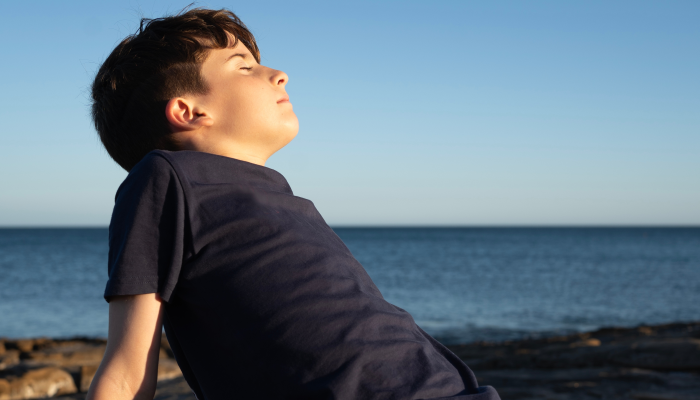
Self-regulation44. Rouse, M. H.. How Can We Help Kids With Self-Regulation? Child Mind Institute. 2023. https://childmind.org/article/can-help-kids-self-regulation refers to your child’s ability to control their behavior and emotions in response to changing situations. Knowing how to calm down when they get upset and understanding how to deal with frustration without having an outburst are examples.
For support with self-regulation skills, IEP goals could include:
- Student will identify triggers that lead to disruptive behavior in 4 out of 5 instances.
- Student will utilize coping strategies (e.g., deep breathing, counting) to manage emotional responses in 80% of observed instances.
Goal #2: Increase Compliance with Adult Directives
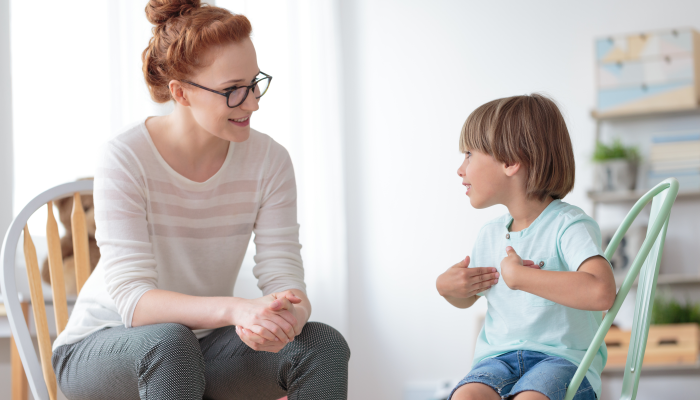
Listening to instructions and complying with an assigned task can be a challenge for children with ADHD, autism, or other behavioral issues. This can be particularly difficult when a teacher is asking a child to do an undesired task.
Sample IEP goals to help with focus, attention, and short-term memory or with combative behavior could include:
- Student will follow through with adult directives within 2 minutes of initial request in 9 out of 10 opportunities.
- Student will verbally acknowledge understanding of the directive before attempting the task in 90% of the opportunities.
Goal #3: Enhance Social Interaction Skills
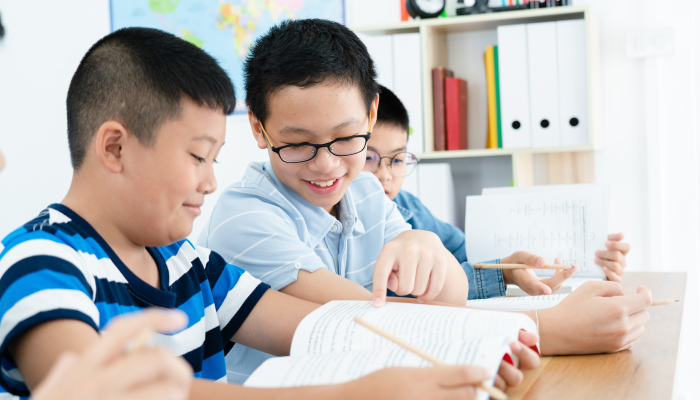
If your child engages in withdrawn behavior in social situations, experiences social anxiety, or has difficulty interpreting social cues, possible IEP goals could include the following:
- Student will initiate positive interactions with peers during unstructured times in 4 out of 5 opportunities.
- Student will respond to peer initiations in a socially appropriate manner in 85% of observed instances.
Goal #4: Develop Conflict Resolution Skills
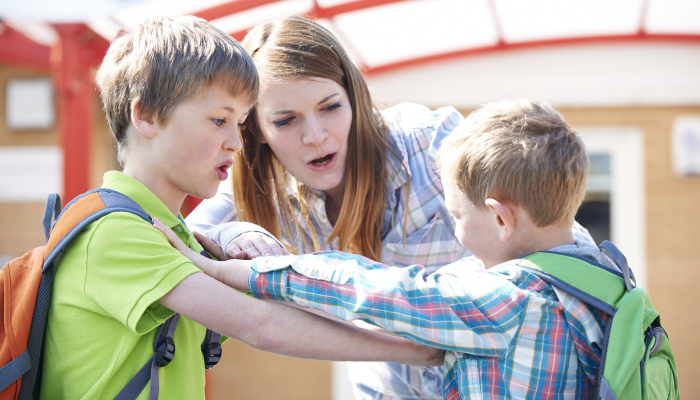
Dealing with conflict calmly is one of the most important social skills that a child needs for positive peer interactions. Sample goals for learning to handle frustration appropriately and how to face disagreement without a meltdown can include:
- Student will use words to express frustration or disagreement in 9 out of 10 conflict situations.
- Student will seek out a teacher or peer mediator for assistance in resolving conflicts in 80% of occurrences.
Goal #5: Increase On-Task Behavior
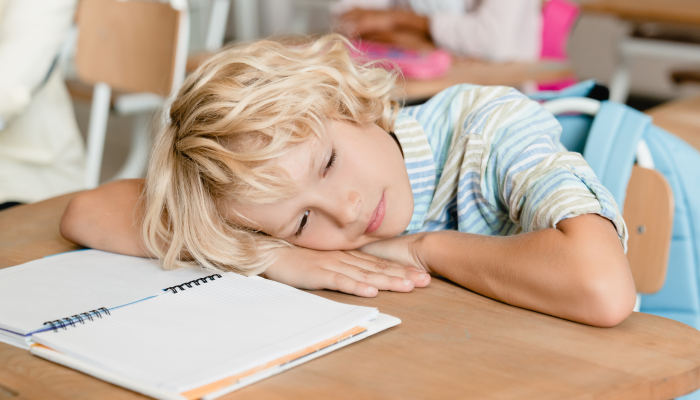
Some children need support with task avoidance, distraction, and focus in the classroom. This is important both academically and socially. Encourage on-task behavior with these example goals:
- Student will remain on-task for a minimum of 15 minutes without redirection in 4 out of 5 classroom activities.
- Student will use a visual or auditory cue to self-redirect back to task in 75% of off-task instances.
Goal #6: Reduce Disruptive Verbal/Physical Outbursts
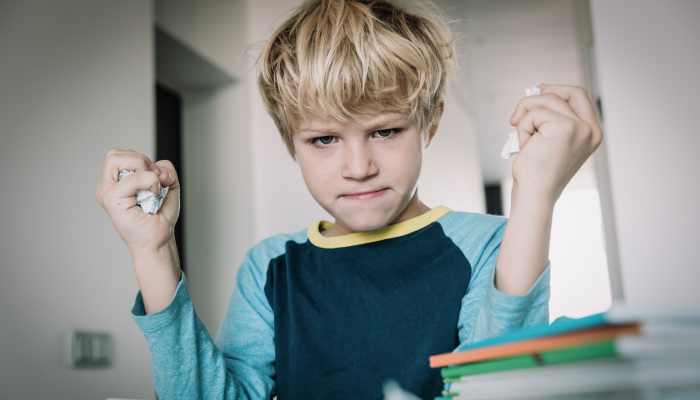
Disruptive and impulsive verbal and physical outbursts are not always within a child’s control. However, parents and teachers can help children gain self-awareness about what triggers their unexpected behavior. Sample goals could include:
- Student will reduce the frequency of verbal outbursts to no more than 2 times per week.
- Student will engage in physical aggression (e.g., hitting, kicking) 0 times per reporting period.
Goal #7: Improve Attention and Listening Skills
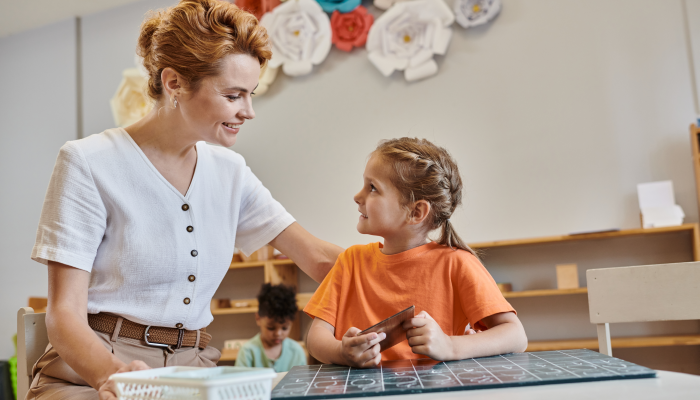
Attention, focus, and listening are challenging for children with ADHD and autism. Goals in this area should be specific to help children improve these skills, which will in turn improve their academic performance. Try goals like these:
- Student will maintain eye contact during instruction for at least 3 minutes in 4 out of 5 attempts.
- Student will verbally summarize the instruction or direction given in 80% of instances.
Goal #8: Enhance Organizational Skills
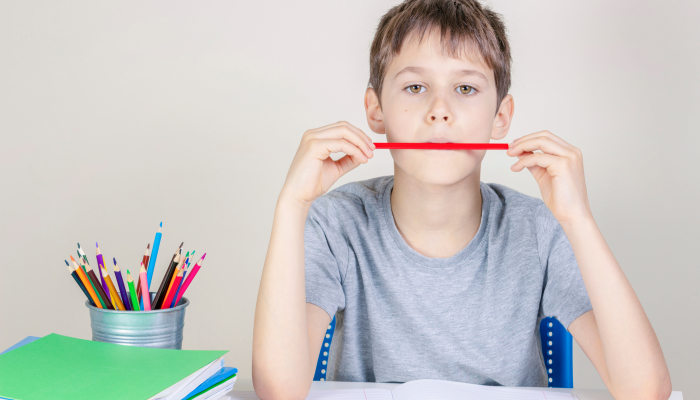
Children who struggle with executive function skills need support to develop this area to help them achieve independence. Specificity around these goals to your child’s particular weaknesses can really help them make progress. Sample goals include:
- Student will organize their personal workspace at the beginning and end of each school day in 90% of observed days.
- Student will use a planner or digital tool to track assignments and due dates with 85% accuracy.
As the above goals demonstrate, the more specific your child’s behavior IEP goals, the easier it will be for them to understand what is appropriate in different situations and the more skills they will be able to add to their social-emotional toolbox.
When goals are clear and attainable, your child will feel a sense of accomplishment, which will reinforce future positive behaviors. Knowing what SMART IEP goals should look like will help you support your child.
References
- What is included in the IEP document? IRIS Center. (n.d.). https://iris.peabody.vanderbilt.edu/module/iep01/cresource/q3/p07
- Lee, A. (n.d.). How to tell if your child’s IEP goals are SMART. Understood. https://www.understood.org/en/articles/how-to-tell-if-your-childs-iep-goals-are-smart
- Pratt, C., & Dubie, M. (2003). Practical Steps to Writing Individualized Education Program (IEP) Goals: And Writing Them Well. Indiana Resource Center for Autism. https://www.iidc.indiana.edu/irca/articles/practical-steps-to-writing-individualized-education-program-28iep-29-goals-and-writing-them-well.html
- Rouse, M. H. (2023, November 6). How Can We Help Kids With Self-Regulation? Child Mind Institute. https://childmind.org/article/can-help-kids-self-regulation
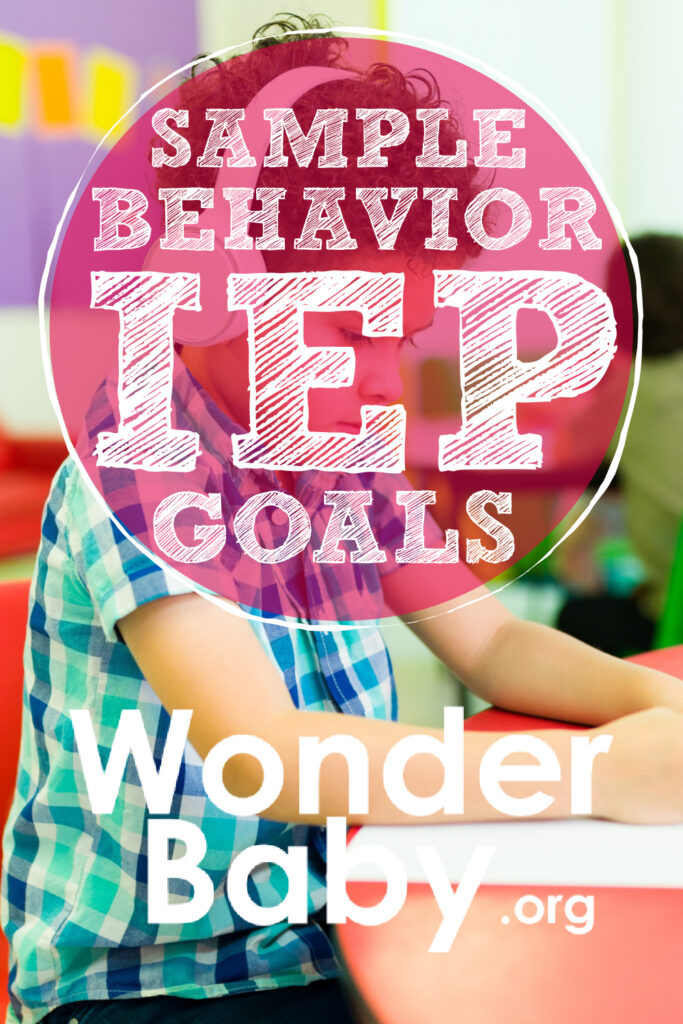
Related Posts

IEPs
What Should I Bring to My Child’s First IEP Meeting?
Prepare for your child's first IEP meeting with confidence! Discover exactly what documents to bring, including educational records, medical info, and questions to ask.
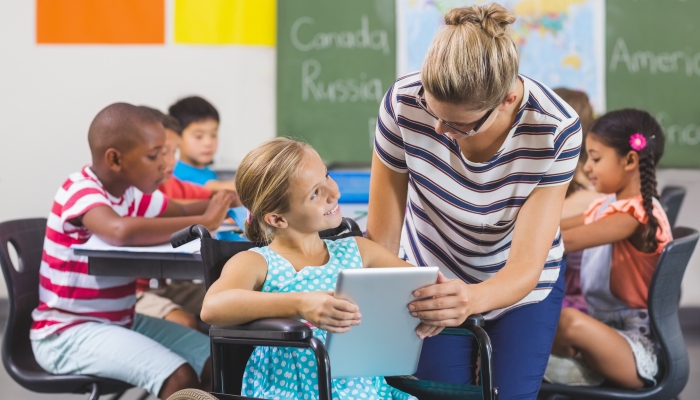
IEPs, Special Needs
What Is an Out-of-District Placement, and Who Needs One?
Learn all about out-of-district placement, which is ideal for a child whose individual needs are not met by their current school district.
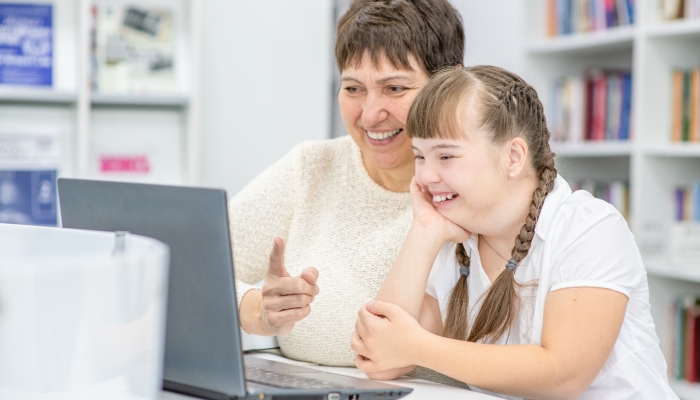
IEPs, Special Needs
5 Ways AI Can Benefit Special Needs Students
AI in special education classrooms can help create highly personalized experiences and improve inclusivity. Read about more benefits here!